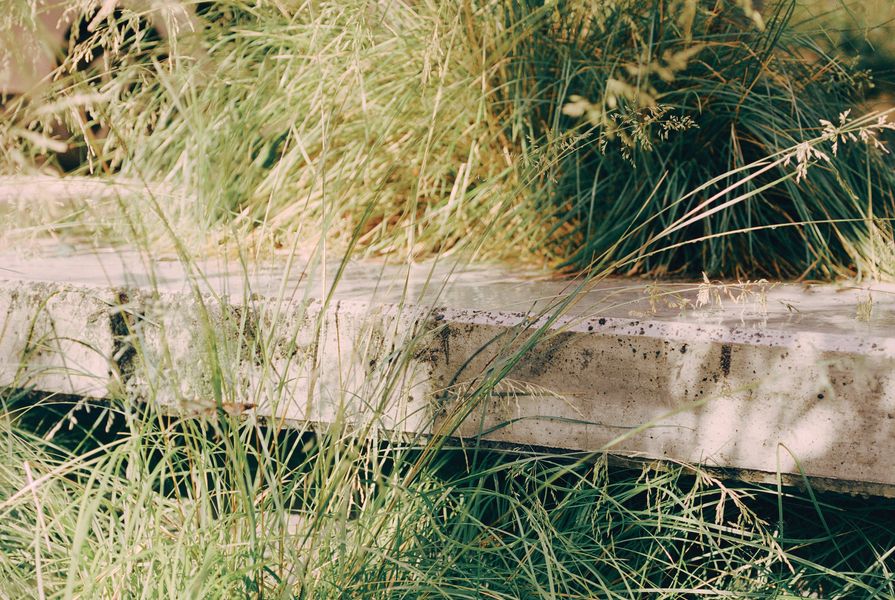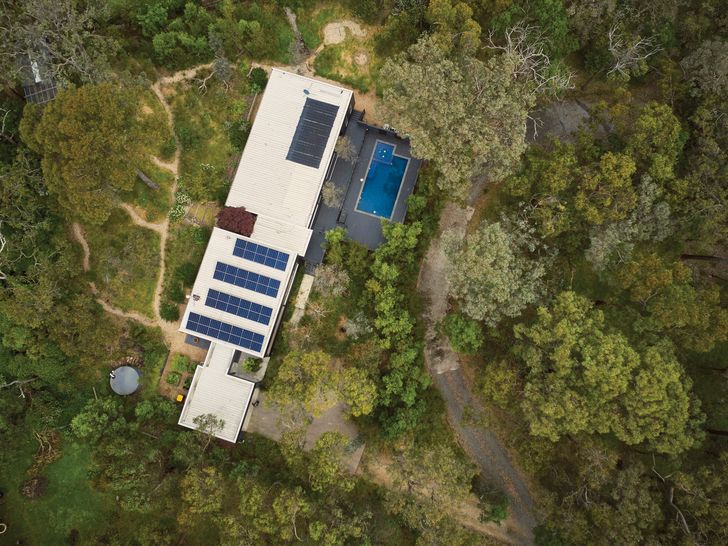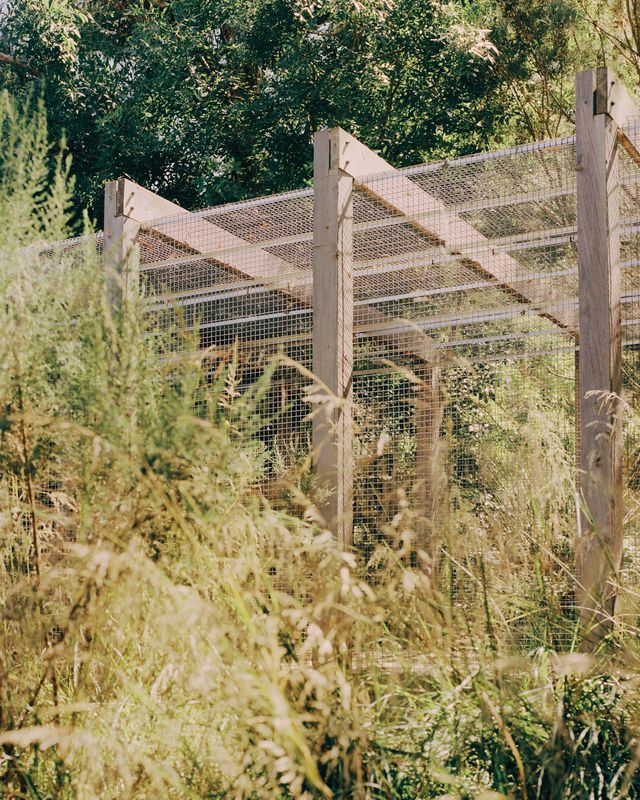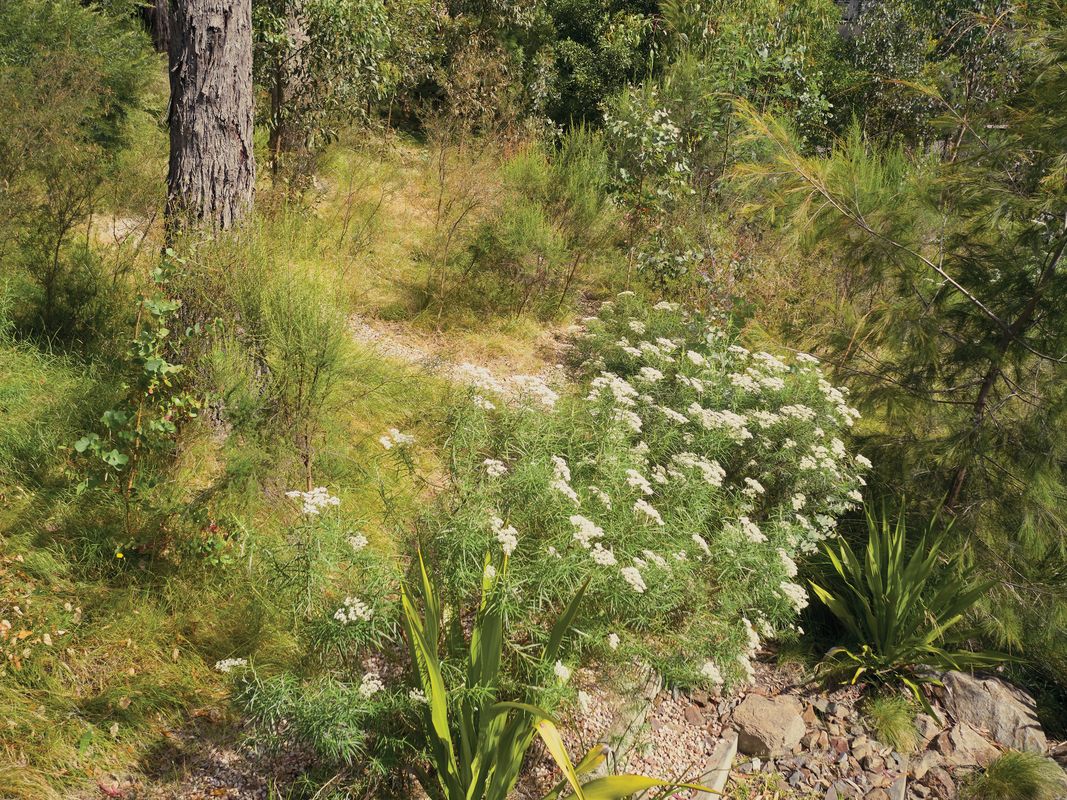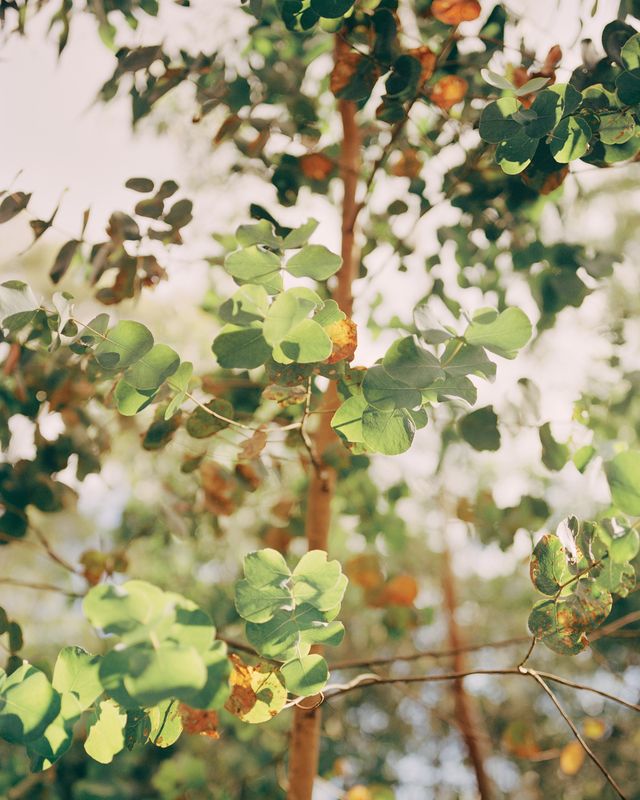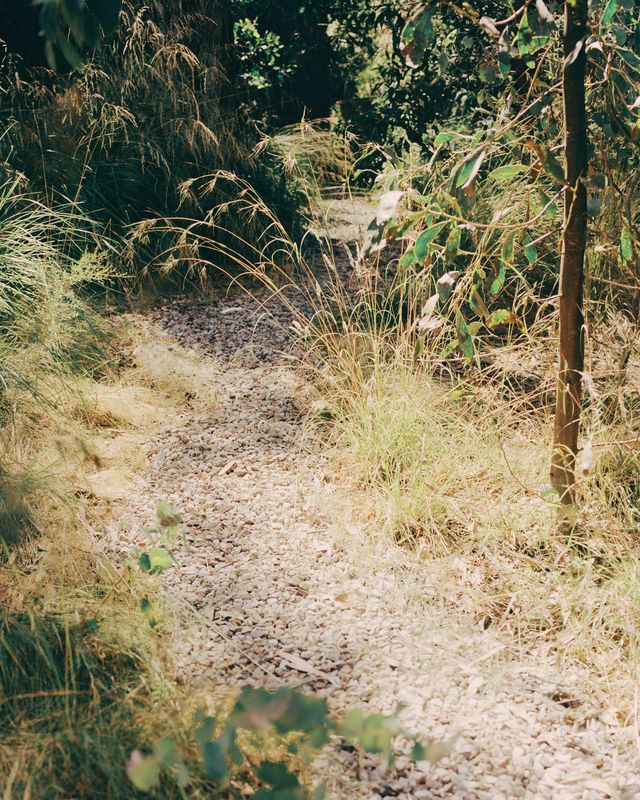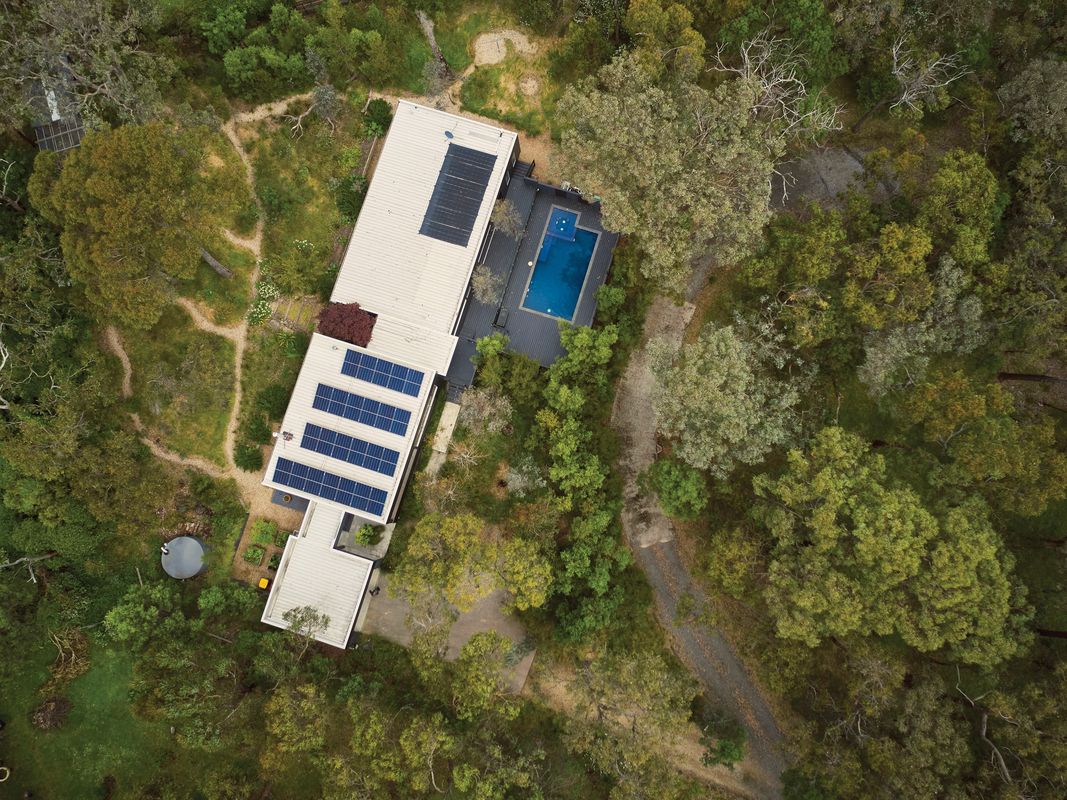Hands-on experience of working with the soil has guided Realmstudios director Jon Shinkfield practice as a landscape architect. Over a six-year period, Shinkfield worked on his previous residential property in Park Orchards, Victoria to develop a regenerative planting process that aimed to allow the landscape its natural agency in recovering the site’s endemic condition. The premise of the project, Decolonizing the Garden, was to “co-author” a living landscape. While unable to visit the site due to timing, Jela Ivankovic-Waters spoke with Shinkfield about the process he undertook to transform the landscape of the site, the evolution of his approach to “co-authoring with Country,” and what learnings might come from the project that might be applied to wider design practice.
Jela Ivankovic-Waters – What was attractive about the site as a place to regenerate?
Jon Shinkfield – The 2,000-square-metre Park Orchards site is located in Melbourne’s outer Manningham north-east green wedge and featured scattered remnant trees, namely Eucalyptus polyanthemos, Eucalyptus radiata and Eucalyptus obliqua. These were important building blocks for the garden as many residential sites in the area have been cleared of trees, shrubs and grasses for fire safety reasons. My first impressions were that these trees reflected the potential to recover the site’s previous composition as a grassy dry forest EVC that was situated at the head of a catchment that eventually linked to the Yarra River. As a site at the top of its catchment, it represents a rich opportunity to further the recovery downstream through time.
Could you describe the process of uncovering the soil to allow for emergent species?
The first phase was observation following the removal of irrigation and mowing. This allowed me in the first instance to closely observe the ground, its wetness and dryness, its changing soils and composition. And given the presence of the trees, I anticipated the preserved soil structure in the root zones would have a regenerative capacity and that it was embedded with rich soil biota. And over the first few months, I began to observe a diverse range of plants beginning to emerge – primarily acacias and some grasses. Unsurprisingly, significant weed infestation also emerged, in waves over the seasons and years. Observing how all these species that were coming up were responding to different permutations of light, shade, moisture, dry and soil conditions led to the next phase of the process – the investigation phase.
The Decolonizing the Garden project has unfolded across a 2,000-square-metre property – Jon Shinkfield’s former residence – in Victoria’s Park Orchards.
Image: Rory Gardiner
What form did the investigation phase take at the site?
The approach for this phase was about touching the earth lightly, and the investigations primarily took the form of a daily hand-weeding ritual that became entrenched during Melbourne’s extended periods of COVID-19 lockdowns. I would wake up at the break of dawn to welcome the day and go outside, using my two-prong fork tool to prise up weeds in a pattern across the landscape, in waves of time availability. In this way, I learned a lot about identifying different species from their various plant parts and habits over the seasons, including which herbs, perennials, grasses, shrubs and trees I wanted to preference over the weeds. The key to this phase of the process was managing competition from weeds. I adopted the bushland regeneration “Bradley method” of weeding, going from the least weed-infested areas to the areas that had the highest level of weed infestation. This method involves clearing small areas in and around healthy native vegetation so that each area is re-colonized by the regeneration of native plants, that replace the weeds. The method aims to minimize disturbance and reduce the further spread of weeds in order to allow preferred species to flourish.
At the same time, I began to reassess the use of mulch. I wanted to foster relationships between existing elements of the site’s living systems. For instance, one outcome of the process was that multiple species of acacia emerged that then provided a pollen source for bees and food for birds. We also know that acacia fixes nitrogen in the soils. Other emergent species included Arthrodium strictum (chocolate lily), Hardenbergia [violacea], Epacris [impressa] and various orchids, along with butterflies, ants and other insects. These were then followed by birds – rosellas, honeyeaters, cockatoos, butcherbirds and more – who followed the food source of the insects; plus lizards, ringtail possums, snakes and eventually a variety of ground-dwelling mammals, including kangaroo and echidna. The new forest structure was starting to take shape.
How was the new forest structure and regenerative process “curated?”
There was little, if any, intervention in the placement or distribution of plant growth on the site. Instead, the curation was about capturing opportunities within the landscape. For instance, sinews of exposed ground, where plants didn’t grow, came to form a finely laced web of trails across the site. These sinews were covered with crushed stone to serve as single-file paths between the house, garden and structures, such as the chook-pen, and as germination pathways for further seeding. The aim was to minimize the impact on the soil.
Another strategy was to infill gaps with plantings of tube-stock grasses – locally sourced Themeda triandra and Lomandra longifolia subsp. longifolia. The density of the plantings on site increased as seed was collected over subsequent seasons and randomly re-dispersed across the site. By observing the increasing complexity and diversity of the garden’s species, I was able to gain some insight into my own role as active participant and contributor to this process.
Planting density increased as seed was collected across seasons and randomly distributed – and a chicken coop was constructed on a scarred area of the site.
Image: Rory Gardiner
Veins of exposed ground where plants didn’t grow were covered with crushed stone to create single-file paths through the site.
Image: Rory Gardiner
The overall process of observation, investigation and curation is encapsulated in your perspective on “co-authoring with Country.” What does this phrase mean to you?
“Co-authoring with Country” reflects my interest and practice in participating with a landscape’s deeper qualities and conditions. For a non-Indigenous person such as myself, the term captures the deep connection felt by undertaking this process on land where I was living, spending time. I’m very conscious of the tensions that non-Traditional Owners face when it comes to expressing their relationship to the landscape. This tension lies between the transformative quality of connecting to Country – through the soil, plants and fauna – and the colonial legacy of entitlement in claiming land. At the same time, I hope to expand the legitimacy of using the term “Country” by non-Traditional Owners as it expresses respect for land, the spirit of the land. Touching lightly reflects an acknowledgement and respect for Country by contrast to the use of heavy-handed demolition and building activities, which seem to be lacking in respect.
A further influence is the imprint made through partnerships with Traditional Owners on projects in professional practice: their insights and their views. This has cultivated an acute regard for the regenerative processes already embedded within landscapes, the songlines of Country. The knowledge shared and understanding gained over the long course of my practice as a landscape architect is cultivating an ever-increasing respect for the dynamic environmental elements of a place, which I believe underpin the idea of “co-authoring with Country.”
A central part of this shaping process involves understanding how water moves, how soil structure functions and the processes of species’ emergence in a site. In addition, there are curatorial dimensions to responding to the opportunities for capturing experiences of Country. For instance, as a “co-author” and practitioner of landscape, I am conscious of scale and intervention, paying careful attention to each step I take along a trail, the feeling of grasses brushing up against my legs and fairy wrens skittering about in the air. I try to pay attention to traces of water and the texture of the ground. Being able to say “I don’t know” during the process is a certain freedom and is part of the process of discovery and learning that is deeply immersive. While this may be the opposite of what we conventionally considered to be “professional practice,” there are many valuable takeaways.
Shinkfield adopted the “Bradley method,” which regenerates bushland through weeding that begins at the least weed-infested areas and progresses to those with higher levels of infestation.
Image: Rory Gardiner
Shinkfield’s investigations took place through a daily hand-weeding ritual; over time, this close engagement with the landscape enabled him to identify different species and their habits.
Image: Rory Gardiner
So what are some of the key learnings from these small steps, and how can they be applied to broader landscape architecture practice?
My direction in professional practice of larger-scale projects has been undergoing a transformation. There has been a major shift away from designing landscapes as a “set piece” [and] towards a more integrated and process/time-oriented approach. Rather than judging the outcome of landscapes in two to five years, I’m now considering the outcomes of landscapes in the order of ten- to twenty-year time frames, along with the iterative changes that need to occur over that time frame. From a design perspective, such an approach begins with a militant preservation of site soil structures. They are key to the success of a systems-based response. It also involves sourcing diverse plant species for sites beyond the immediate textbook EVC lists. In terms of the risk of weed infestation, this should be managed by increasing planting density and applying mineral-based mulches, such as locally sourced crushed stone, rather than using organic mulches, which both blanket and suffocate the regenerative capacity of a site.
In my broader practice, we are making a shift, where we can, to extending the length of our contracts for the management of the landscapes we design from 54 to 108 weeks. This allows us to monitor two growth seasons, and to be able to reflect more accurately on performance and how successful our approaches have been, for instance, in addressing weed invasion and in seeing natural recruitment and adaptation. This extended level of management also helps to ensure that knowledge about the landscape is shared and transferred between us as designers, our clients and other project stakeholders, as well as among members of the design team, both internally and with our external collaborators. This stepped approach to education that is aligned with and complements the landscape’s growth process reflects our increasing emphasis on the diversity, complexity and temporality of a landscape’s living systems.
What further areas are you interested in exploring in your professional practice?
The potential value of planned and organized burning. Ideally, this would be guided by a Traditional Owner land manager and would deepen our understandings of the relationships between us as humans, the seasons and specific fauna and flora. Also, knowledge and monitoring of biodiversity I believe is integral to advancing insights gathered at the small scale, and from small actions, and applying them to broader actions within the discipline of landscape architecture.
Source
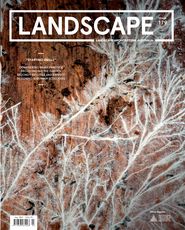
Practice
Published online: 26 Sep 2023
Words:
Jela Ivankovic-Waters
Images:
Rory Gardiner
Issue
Landscape Architecture Australia, August 2023

